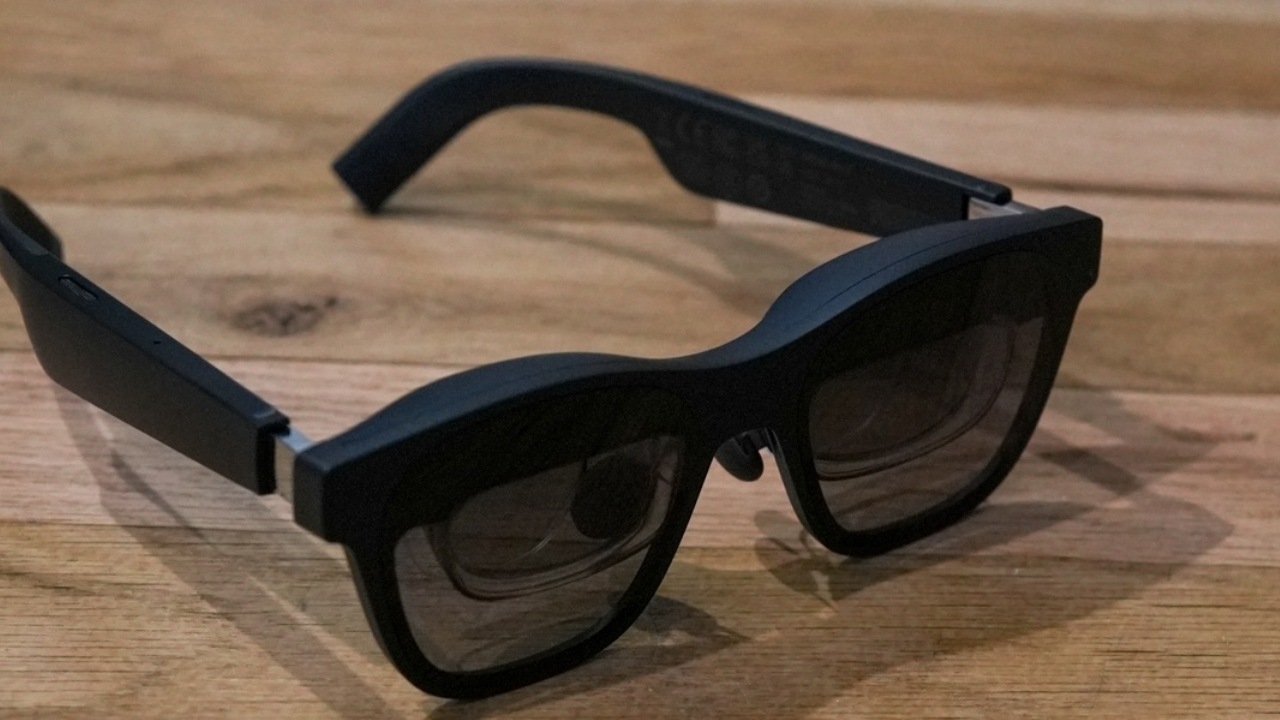Wearable technology known as augmented reality (AR) glasses, which overlay digital data on the user’s actual surroundings, come with built-in displays and sensors. AR glasses improve the user’s experience of reality by superimposing interactive components, visuals, and contextual data onto their field of vision, in contrast to virtual reality.
These gadgets usually have cameras, accelerometers, and gyroscopes to record and process the environment and offer an immersive, interactive experience that combines the xreal air and virtual worlds. Across a wide range of sectors, including corporate, healthcare, education, and consumer markets, augmented reality glasses are transforming how people work, learn, and interact with their environment.
The Main Elements of AR Glasses
Smart glasses, sometimes referred to as augmented reality (AR) glasses, are made up of some essential parts that come together to give users an immersive augmented reality experience. The particular parts may fluctuate throughout models and manufacturers, but common components of AR glasses include the following:
Display and Optics
The optics and display system are the main components of AR glasses. AR glasses, in contrast to traditional eyeglasses, must incorporate tiny displays that instantly project digital content into the user’s field of vision. Liquid Crystal Displays (LCDs) and Organic Light Emitting Diodes (OLEDs) are examples of common technology. Realistic virtual overlays that mix in with the actual world require monitors with high resolution and precise color.
Sensors
The ability of AR glasses to perceive and engage with their surroundings is largely dependent on sensors. Typical sensors consist of one or more cameras built into AR glasses to record the surrounding surroundings. These photos are processed by computer vision algorithms, which recognize surfaces, objects, and motions.
Depth sensors, such as Time-of-Flight (ToF) cameras or stereoscopic cameras, are used to sense the depth of the environment. This enables more precise virtual overlays and distance understanding for AR glasses.
These sensors follow the movements of the user’s head and provide vital information for real-time adjustments to the virtual content. Precise motion tracking makes the experience more immersive. For AR applications, location awareness is essential. Virtual content can be oriented using GPS and compass data, which takes into account the user’s location and orientation.
Unit of Processing
The processing unit, which powers AR glasses with sophisticated algorithms, virtual content rendering, and real-time interaction, is like the brains behind the spectacles. To keep the experience smooth, it must be strong but energy-efficient. System-on-chip (SoC) designs, which combine CPU, GPU, and other specialist processors, are used in many AR glasses.
Interaction
Strong connectivity choices are necessary for AR glasses to access and retrieve real-time data or connect to the internet. This covers Bluetooth, Wi-Fi, and occasionally cellular connectivity. With these possibilities, customers can engage with cloud-based apps, stream information, and get updates.
Energy Source
A dependable power supply is required for AR glasses to operate continuously. The difficulty is in creating long-lasting and efficient batteries because of their small form factor. While some AR glasses investigate alternate power sources like solar cells or energy harvesting, others rely on rechargeable lithium-ion batteries.
Sound System
A fully immersive augmented reality experience goes beyond graphics. Audio cues improve the overall perception of virtual items in the actual environment. With the use of speakers or bone conduction technologies, AR glasses can provide spatial audio that blends the sounds of the actual world with the virtual one.
Interface for Users
A user interface that is easy to use is necessary to interact with AR glasses. This may entail voice instructions, gesture recognition, touch-sensitive surfaces, or a mix of these. The idea is to provide an intuitive and natural-feeling interaction paradigm that works with the wearer’s movements and intentions.
Form Factor and Design
The AR glasses’ form factor is essential to their user adoption. Comfort, usefulness, and aesthetics must all be balanced in the design. Long-term use is encouraged by features including adjustable frames, lightweight materials, and a stylish design that enhances user satisfaction.
Remarks
The foundation of AR glasses is the flawless integration of optics, sensors, CPUs, connections, power supplies, audio systems, and user-friendly interfaces. Future augmented reality experiences promise to be much more adaptable and engaging as these components develop, completely changing how we interact with environments and information.
